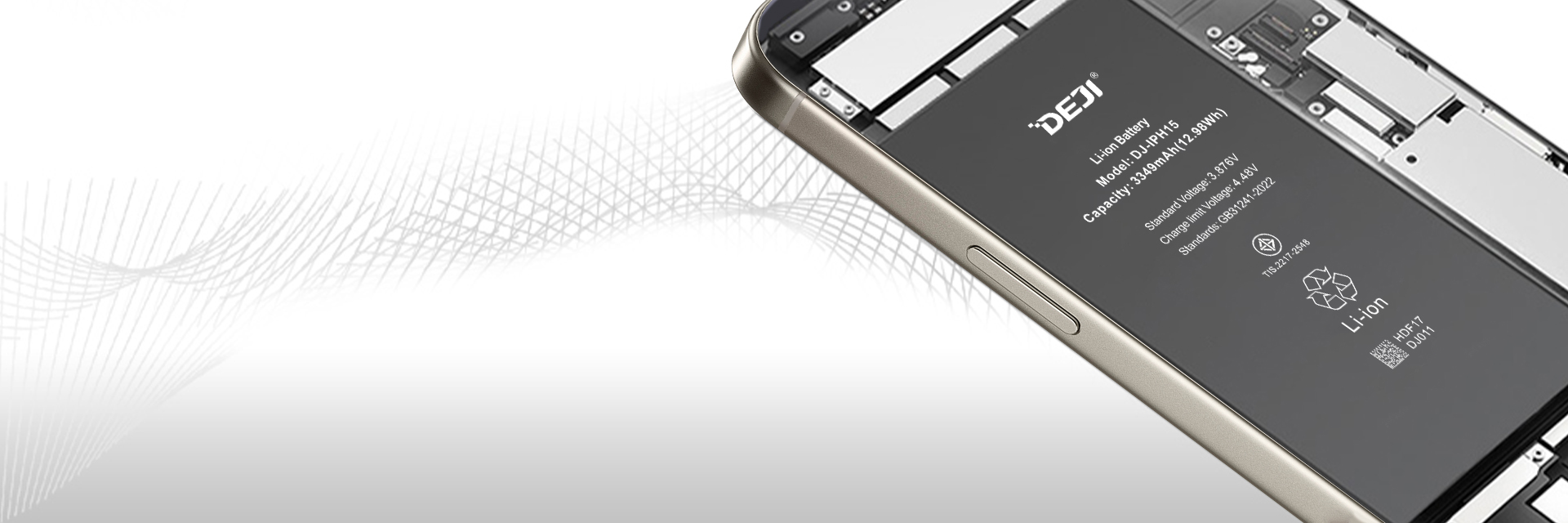1. Brief introduction of lithium ion polymer battery:
Lithium polymer battery, also known as polymer lithium battery or polylithium battery, is a kind of lithium ion battery. Lithium polymer batteries usually consist of several identical parallel secondary cells to increase the discharge current, or several battery packs in series to increase the available voltage.
Although lithium-polymer batteries are often referred to as lithium batteries or lithium-ion batteries, they are not exactly the same in a strict sense. Lithium battery refers to lithium primary battery, which contains pure lithium metal, which is disposable and non-rechargeable
The lithium ion battery is the predecessor of the lithium poly battery. The main difference is that the electrolyte uses a liquid organic solution instead of a colloidal or solid polymer.
2. The principle of lithium ion polymer battery:
There are two commercially available technologies on the market that are collectively referred to as lithium ion polymers (where "polymer" stands for "electrolyte isolation polymer").
The battery consists of the following parts:
Positive electrode: LiCoO2 lithium cobalt dioxide or LiMn2O4 lithium manganese tetraoxide
Diaphragm: Conductive electrolyte polymer (e.g. polyethylene glycol, PEO)
Anode: Lithium or lithium carbon intercalation (chemical) compound
Typical response: (discharge)
Negative electrode: (Carbon-Lix) → C +xLi+xe
Diaphragm: Li conductive
Positive pole: Li1−xCoO2+xLi+xe→ LiCoO2
Total reaction: (carbon-xLi+xe) + Li1-xCoO2→ LiCoO2+ carbon
The electrolyte/separator polymer can be a solid polymer, such as polyethylene glycol (PEO), plus lithium potassium hexafluoride (LiPF6), or other conductive salts plus silica or other materials that can enhance mechanical properties Filling material (this method has not yet been commercialized). Under safety requirements, general batteries use carbon to insert lithium as the negative electrode of the battery, except for some manufacturers such as Avestor (after the merger with Batscap) that use metallic lithium as the negative electrode (called lithium metal polymer batteries) .
Both of these commercial batteries use colloidal solvents and salts such as ethylene carbonate (EC)/dimethyl carbonate (DMC)/diethyl carbonate (DEC) coated on polyvinylidene fluoride (PVdF) polymerization. . The difference is that (Bellcore/Telcordia's technology) uses lithium manganate (LiMn2O4) as the positive electrode; while the traditional method uses lithium cobalt oxide (LiCoO2).
3. Application of lithium ion polymer battery:
The most competitive feature of lithium-ion polymer batteries is that lithium polymer batteries can almost be made into various shapes. This feature makes him a place in the pursuit of light, thin and short mobile phone manufacturing.
Airsoft players are also gradually switching to lithium-ion polymer batteries, because lithium polymer not only can shape freely, but also provides a higher rate of bullets.
Remote control model
Because of its low weight, high discharge, and low price, lithium polymer batteries are widely popular in the fields of remote control aircraft, remote control cars and large model trains. Low voltage cutoff (LVC, low voltage cutoff) keeps each battery cell above 3.2V under load (generally speaking). At the beginning of 2013, lithium-ion polymer batteries have been widely used. Generally, batteries with low discharge capacity (45C continuous discharge, 90C instantaneous maximum discharge) have been very common, and the best can even have 250 more charge and discharge It can reach a charging capacity of 5~15C, a continuous discharge of 65C, and an instantaneous discharge capacity of 130C.
Portable electronics
Lithium-ion polymer batteries also occupies an important position in the field of PDAs, notebook computers and mobile phone batteries, and miniature GPS tracking devices also rely on lithium-ion batteries to provide charging cycles of several days to several weeks. Lithium polymer is also used in small portable media players, tablet computers and electric wireless controllers. Lithium polymer batteries are also popular in the e-cigarette world. Lithium-polymer batteries are the application scenarios for all situations that require small size, high energy density, and low price considerations.
Electric car
This battery also promotes the next generation of electric vehicles. The price of electric vehicles is much higher than that of ordinary gasoline vehicles, but with the development of production and technology, the price of lithium-ion polymer batteries will also drop. Hyundai vehicles use this type of battery in their hybrid vehicles.
 sales@batterydeji.com
sales@batterydeji.com




